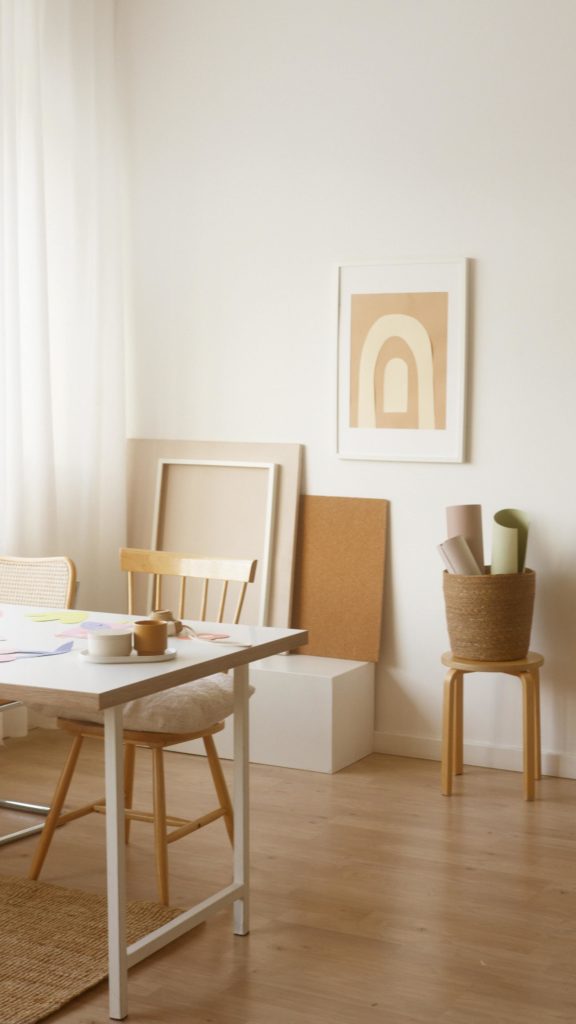Many people dream of living in the perfect house. But for parents and households with young children, child safety should also be a factor to consider when buying, renovating, or designing a house. After all, knowing your kids’ habits, there are bound to be some design choices that could pose risks when they’re up to their old tricks.
Still, child-proofing your home doesn’t mean getting rid of personal design choices that can make your house feel like a home. Here are a few design tips that can help your home be a little more kid-friendly so your child can grow in a home that’s safe and fun.
Avoid Carpet Flooring
You might think that carpet flooring is the safe option for children because they’re softer, but carpet flooring actually has more risks and is more of a hassle to install and maintain than its worth.
If your children (or the entire household, for that matter) have allergies, carpeting is the least hypoallergenic option as it can be a breeding ground for bacteria and other pathogens. Dirt, dead skin, food crumbs, and dust can get trapped within the fabric of the carpet, which serve as food for pathogens. This is why the average indoor carpet is actually four thousand times dirtier than a toilet seat.
So, if you have a habit of eating food that was on the floor for a few seconds or have kids sitting on your carpet floors while they play, just think of all the germs they are spreading around their body to the rest of the home.
A good alternative is to use European white oak engineered flooring accented by rugs you can easily replace and clean often. Design-wise, it’s a great way to add character to the room while designating zones in any room. Functionally, it minimizes the pathogens spreading around the floor as engineered hardwood has anti-bacterial properties that prevent harmful bacteria from thriving in your home.
Use Storage Creatively
You’ve associated messes and clutter with your kids at least once in your life (don’t worry, we all have). If you’re providing them with a play area in a shared space like your living room, you’ve got to get creative with the ways you store your kids’ belongings. Not only does this make your room less cluttered, but it also prevents accidents that can happen when your kids’ toys are scattered around the house.
Control the clutter in your home by incorporating smart multi-purpose storage solutions. For example, plenty of sofas, ottomans, and coffee tables today offer hidden storage solutions so that your kids’ toys are out of sight when not in use. It’s great if you want to achieve a minimalist look in your living room without the toys creating clutter. If you want to baby-proof your storage solutions, place your child’s toys in boxes and place them up on shelves that are impossible for them to reach.
Invest in Multi-Purpose Furniture
Speaking of multi-purpose storage solutions, if space is limited in your home, consider investing on furniture that doubles in purpose. Rather than having traditional furniture that only serves one purpose, using multi-purpose furniture helps clear up the clutter and provide more space for your children to play in and for the adults in the house to relax in.

For example, turn your dining table into a place where your kids can do homework and art projects by having their arts and crafts supplies in a box or shelf close by. Or, invest in an ottoman that can serve as a foot rest, end table, or even a seat for when you have extra company visiting your home.
Incorporate Them Into Your Home Design
Let your children feel like they can call your home their own by incorporating bits of them and their tastes into your interior design. This tip is more than just posting their drawings on the refrigerator or letting them decorate the door to their room. If you want them to feel at home, let them see a bit of their personality and tastes shine through in your design.
For example, reserve a shelf in the living room for photos of them or figurines of something they like (maybe cats, airplanes, or something specific your child is a fan of). Designate play and study areas and decorate it in a mixture of what they like and what ties it with the rest of the room together.
Safety-Proof Your Kitchen
Your kitchen arguably has the most number of risks for small children, from the stove, to counter edges, to the sharp tools, and more. Because of the many risks, it’s best if you have a gate for your kitchen to keep it out of reach for your children. But if that’s not something you’d want or it’s impossible to do (i.e. open floor plan makes it impossible to gate your kitchen), it’s important to protect your children and keeping risky tools and supplies out of reach.
More than just baby-proofing your home, you’ll want to make your house a place your children can thrive in because of the steps you’ve taken to incorporate their style, activities, and preferences into your home design.

